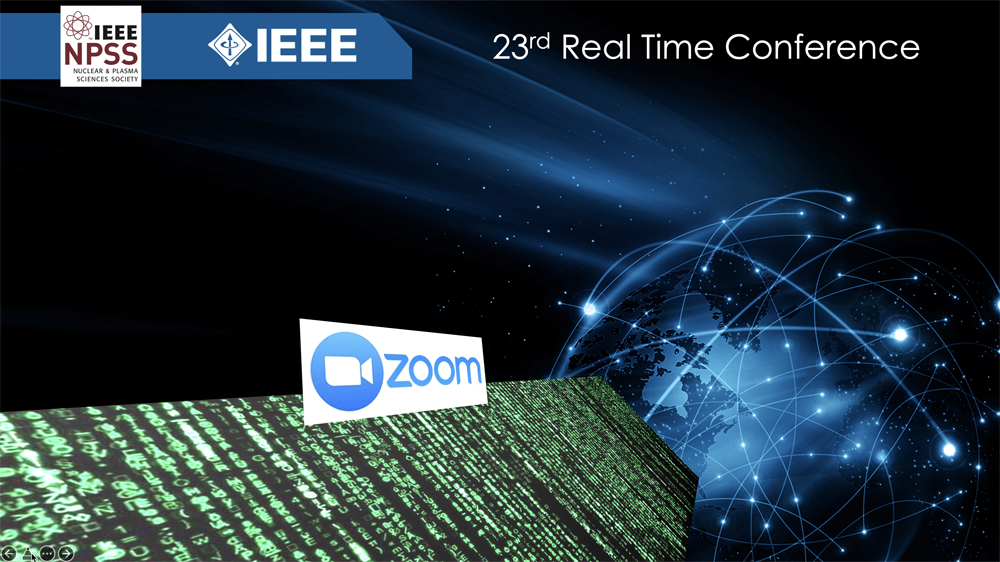Speaker
Description
The CMS detector will undergo a major upgrade for the Phase-2 of the LHC program: the High-Luminosity LHC. The upgraded CMS detector will be read out at an unprecedented data rate exceeding 50 Tbit/s, with a Level-1 trigger selecting events at a rate of 750 kHz, and an average event size reaching 8.5 MB. The Phase-2 CMS back-end electronics will be based on the ATCA standard, with node boards receiving the detector data from the front-ends via custom, radiation-tolerant, optical links.
The CMS Phase-2 data acquisition (DAQ) design tightens the integration between trigger control and data flow, extending the synchronous regime of the DAQ sys- tem. At the core of the design is the DAQ and Timing Hub, a custom ATCA hub card forming the bridge between the different, detector-specific, control and readout electronics and the common timing, trigger, and control systems.
The overall synchronisation and data flow of the experiment is handled by the Trigger and Timing Control and Distribution System (TCDS). For increased flexibility during commissioning and calibration runs, the Phase-2 architecture breaks with the traditional distribution tree, in favour of a configurable network connecting multiple independent control units to all off-detector endpoints.
This paper describes the overall Phase-2 TCDS architecture, and briefly compares it to previous CMS implementations. It then discusses the design and prototyping experience of the DTH, and concludes with the convergence of this prototyping process into the (pre)production phase, starting in early 2023.
| Minioral | Yes |
|---|---|
| IEEE Member | Yes |
| Are you a student? | No |

